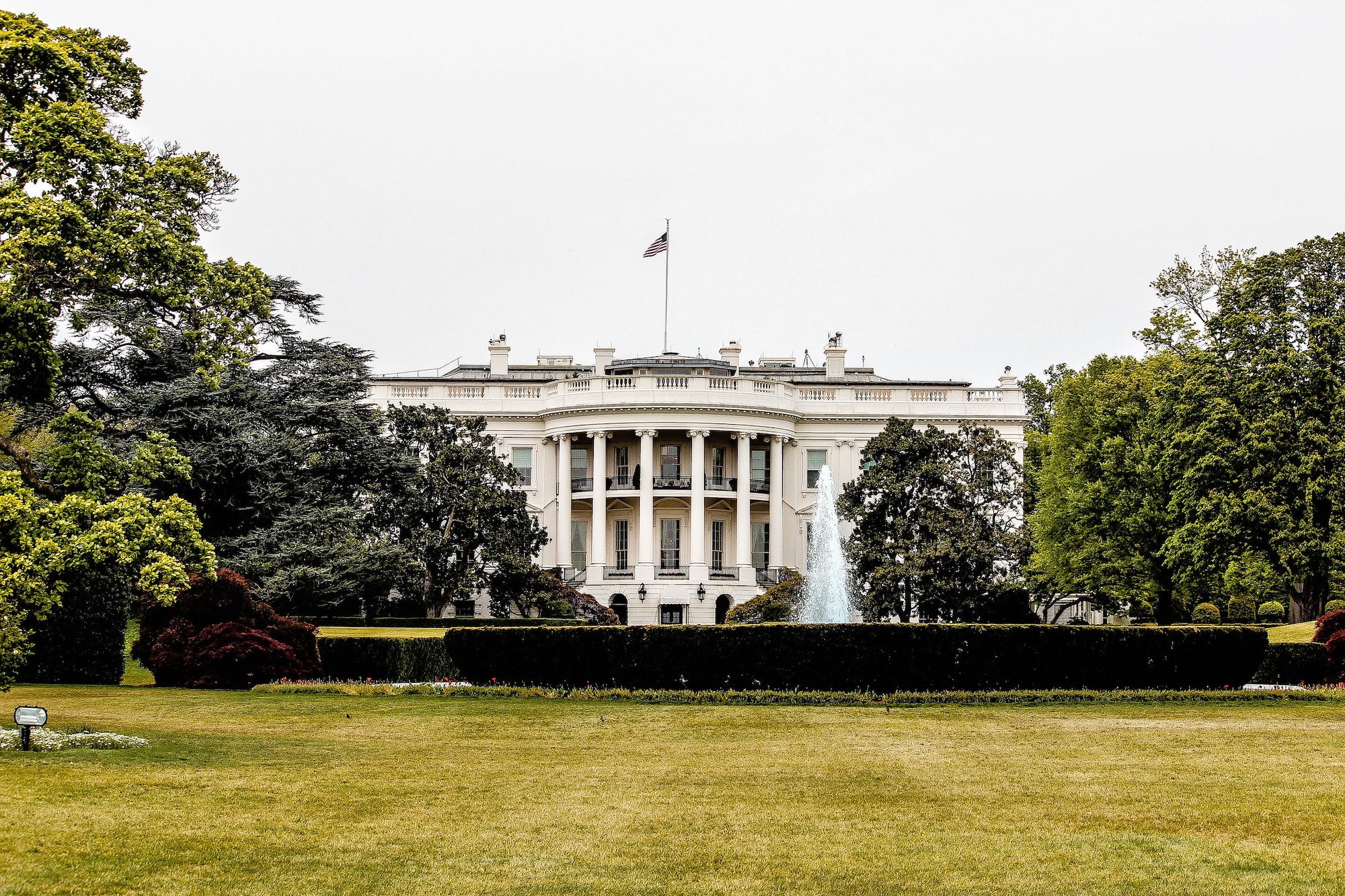When Joe Biden was sworn into office on January 11th, 2020, the conversation around what his arrival into the presidency would mean for the future of American healthcare reached a fever pitch.
Those of us in healthcare already know the broad strokes of what he hopes to accomplish during his tenure. While on the campaign trail, the then-President-Elect conveyed a plan that would center on upholding and improving the Affordable Care Act, rather than building a new program from the ground up. The result of doing so, he wrote on his campaign website, would be “giving Americans more choice, reducing health care costs, and making our health care system less complex to navigate.”
President Biden’s healthcare proposal has a few major components, two of which are explicated below.
Creating a new public option that is accessible to all Americans
The central pillar of Biden’s proposed healthcare plan is to construct a public health insurance option that, like Medicare, has enough market power to force negotiations with hospitals and provider networks that would otherwise use practice consolidation monopolization to drive up service prices.
“Medicare pays hospitals about half of what private insurance companies pay, so a Medicare-like public option at Medicare prices would be much less expensive than private insurance plans.” Larry Levitt, the executive vice president for health policy at the Kaiser Family Foundation, recently told reporters for NPR. “The government-sponsored insurance plan also wouldn’t have a profit margin like private insurers have, which would also help lower premiums.”
Outside of cutting care costs, Biden’s proposed public option would seek to improve care coordination for enrollees, offer copayment-free primary care, and lowers the maximum percentage of family income that can be spent on health coverage to 8.5 percent. The plan would further remove the current income ceiling on tax credits for plans obtained through the individual marketplace. This last point is particularly notable, as it would eliminate the “cliff” that requires people beyond a certain income to pay drastically higher premiums.
Addressing Market Monopolies
As I’ve written before, large-scale health systems such as Sutter, John Muir Health, and Mass General Brigham can — and often do — use monopolizing tactics to dictate non-negotiable healthcare prices to employers.
As Elizabeth Mitchell, CEO of the Pacific Business Group on Health, shared in an interview with Leslie Stahl on 60 Minutes, “We have seen the data. [Consolidation] is the largest driver of health care cost increases. It’s hospital prices. And they’re not providing more services. And the quality isn’t increasing. They are just charging more for the same thing. It is just the prices. And they do it because they can.”
During his campaign, Biden promised to address this (mis)use of market power by exercising the federal government’s antitrust authority. He plans to take similar steps against consolidation in the pharmaceutical industry by repealing legislation that explicitly bars Medicare from negotiating prices with drug companies.
“Drug manufacturers not facing any competition, therefore, can charge whatever price they choose to set,” Biden’s campaign website explains. “There’s no justification for this except the power of prescription drug lobbying.”
The Biden Administration has already begun taking steps to move his health agenda along. The president is expected to announce a special enrollment period on Healthcare.gov for those interested in ACA-provided coverage. Typically, enrollment is only possible during a six-week span in November and December. The administration hopes that by launching the special enrollment period, those dealing with sudden job and benefits loss will be able to access affordable healthcare.
President Biden’s movements strongly indicate that he plans to take a moderate approach to healthcare. Rather than dismantle the ACA or adopt a single-payer approach, the current administration intends to focus on making the present system apparatus better meet the needs of those it serves.
It remains to be seen how Congress will receive the new president’s plans; however, there’s certainly reason for optimism and interest.






